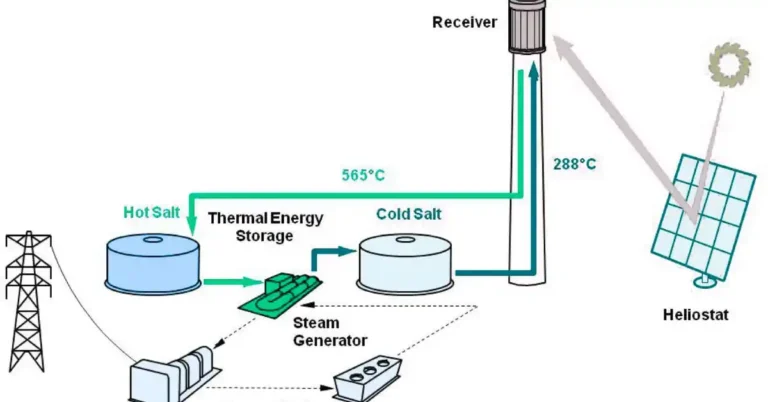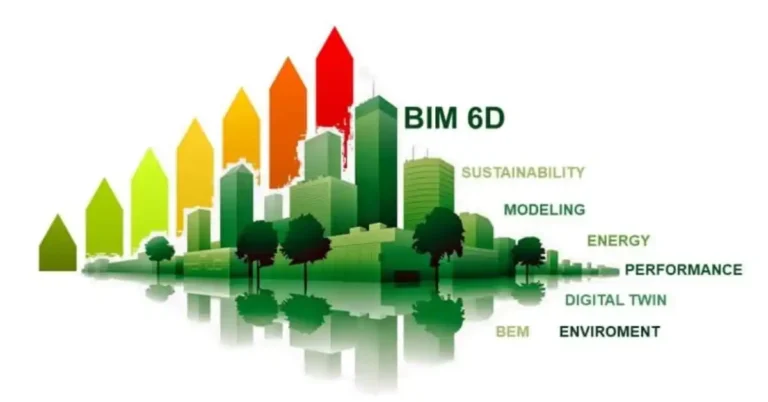Sustainable Water Management: Rainwater Harvesting & Greywater Recycling
Water is one of the essential resources for our survival and well-being. However, with the growing population and increasing water consumption, water scarcity has become a significant concern in many parts of the world.
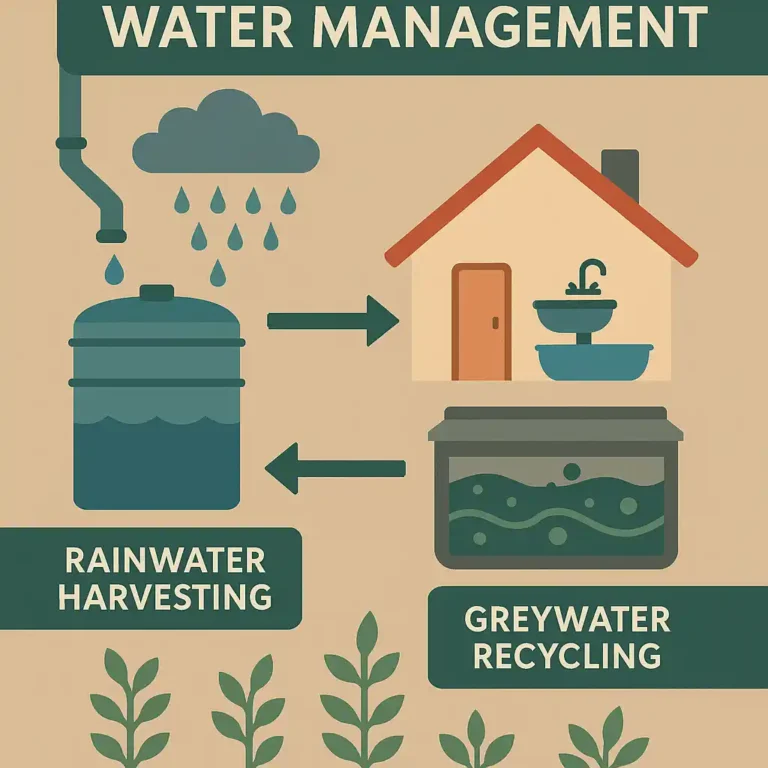
According to the United Nations, 2.2 billion people lack access to safely managed drinking water services, and by 2050, nearly half of the world’s population will be living in water-stressed areas Sustainable water management is crucial to ensure the availability and accessibility of clean water for everyone.
In recent years, advanced rainwater harvesting and greywater recycling systems have emerged as sustainable solutions to manage water scarcity. They offer an eco-friendly and cost-effective approach to conserve water and reduce the strain on the existing water supply systems. In this article, we will dive deep into these systems and understand their benefits and potential impact on sustainable water management.
What is Rainwater Harvesting?
Rainwater harvesting is the process of collecting, storing, and using rainwater for various purposes such as irrigation, household chores, and even drinking. It involves installing a system to direct the flow of rainwater from rooftops, surface runoff, and other catchment areas to storage tanks or underground reservoirs.
Rainwater harvesting has been in practice since ancient times, but with advancements in technology, it has become more efficient and sustainable.
There are two types of rainwater harvesting systems – surface runoff harvesting and rooftop rainwater harvesting.
Surface Runoff Harvesting: This type of system collects rainwater from surface runoff using channels, trenches, and drains. The water is then directed to storage tanks or reservoirs for future use.
Surface runoff harvesting is typically used for larger scale agriculture and community use.
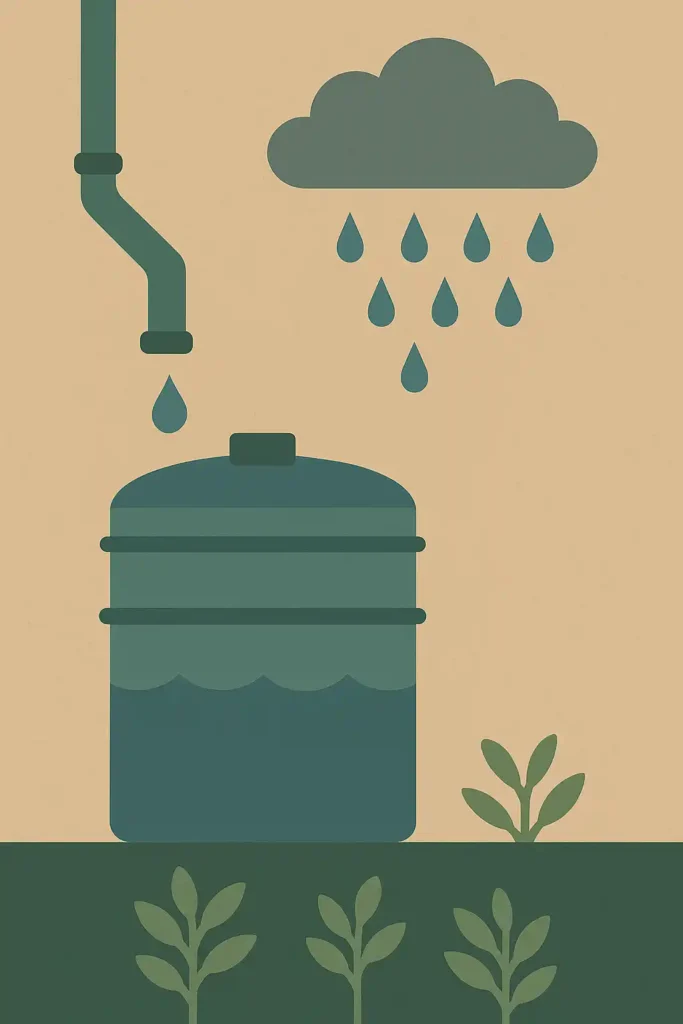
Rooftop Rainwater Harvesting: In this system, rainwater is collected from rooftops and directed to a storage tank or an underground cistern. This method is suitable for residential and small-scale commercial use.
Benefits of Rainwater Harvesting
Conserve Water: Rainwater harvesting helps to reduce the demand for groundwater and municipal water supply, especially during the dry season. This, in turn, aids in conserving water resources and reducing the strain on the existing water supply systems.
Cost-effective: Rainwater harvesting can significantly reduce water bills as it provides an alternative source of clean water for household and irrigation purposes. It also eliminates the need for expensive water treatment processes, resulting in cost savings.
Promotes Self-sufficiency: By collecting and storing rainwater, homeowners and farmers can become self-sufficient in water usage. It also eliminates the dependence on external water sources, making communities more resilient in times of drought and water shortages.
Reduces Floods and Erosion: Rainwater harvesting helps to absorb and slow down the flow of rainwater, reducing the risk of floods and soil erosion. It also improves the overall quality of groundwater by reducing the surface pollutants washed away by excessive rainfall.
What is Greywater Recycling?
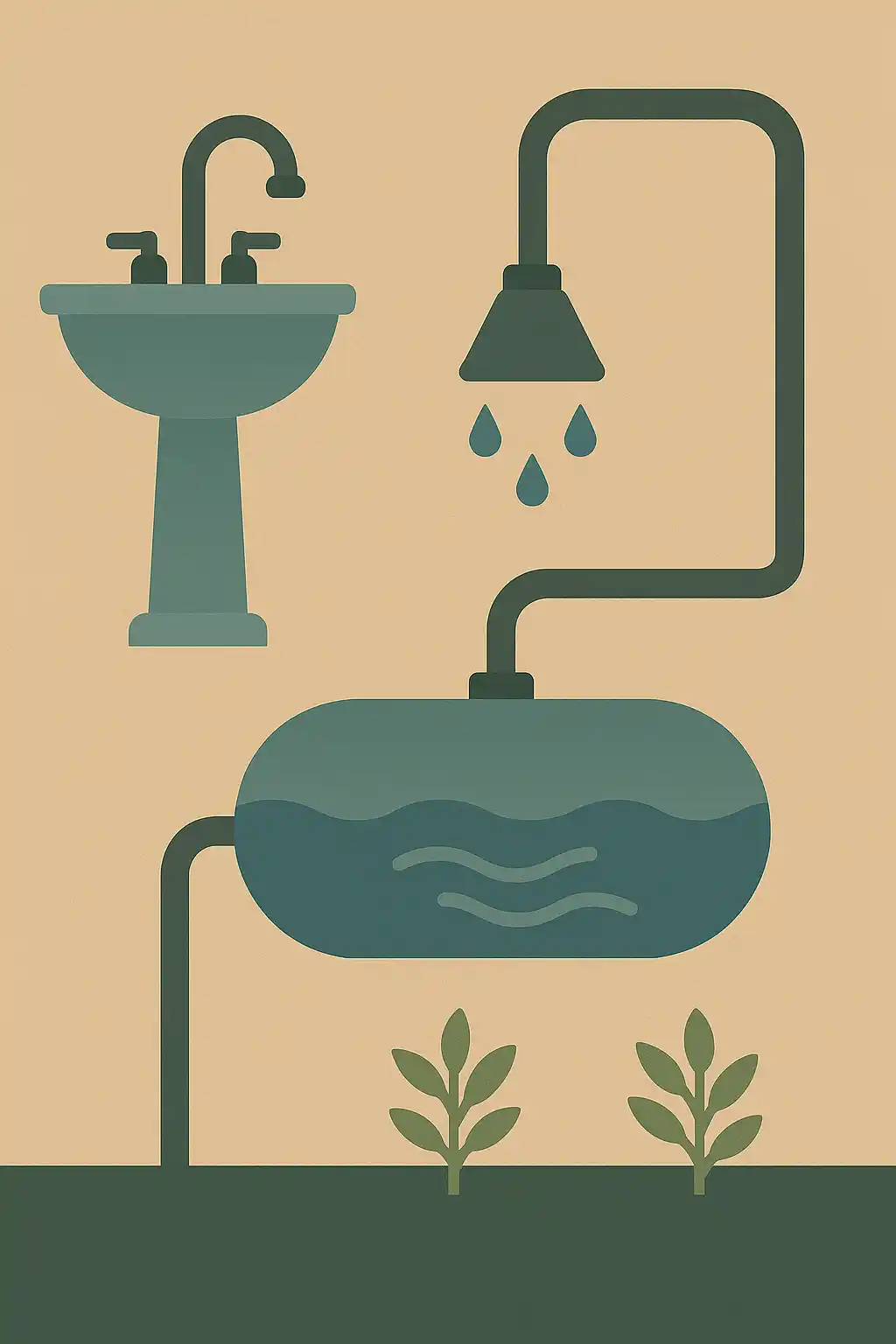
Greywater is the wastewater generated from domestic activities such as bathing, laundry, and dishwashing. Greywater recycling is the process of treating and reusing this water for non-potable purposes like flushing toilets, watering plants, and outdoor cleaning. It involves installing a system to collect, filter, and disinfect greywater before reusing it.
Greywater recycling systems use various methods such as sand filtration, UV disinfection, and plant-based systems to treat the water. The treated greywater can then be stored in a separate tank for later use or directly connected to the toilets, washing machine, or irrigation system.
Benefits of Greywater Recycling Systems
Water Conservation: Greywater recycling helps to reduce the demand for fresh water, especially for non-potable purposes. It is estimated that an average household can save up to 40% of their water consumption by using recycled greywater for toilet flushing and irrigation (2).
Easy and Low Maintenance: Greywater recycling systems are relatively easy to install and require minimal maintenance. The system can be customized according to the household’s water usage, and the maintenance can be managed by homeowners themselves.
Cost-effective: Similar to rainwater harvesting, greywater recycling can significantly reduce water bills as it provides an alternative source of water for non-potable purposes.
Reduces Strain on Sewage Systems: By recycling greywater, the strain on the sewage system is reduced, which can lead to a decrease in the likelihood of sewage overflow and save the city’s infrastructure costs.
The Future of Sustainable Water Management
The benefits of rainwater harvesting and greywater recycling clearly showcase their importance in sustainable water management. With the increasing population and water scarcity, these systems offer an effective solution to ensure water availability and accessibility for all.
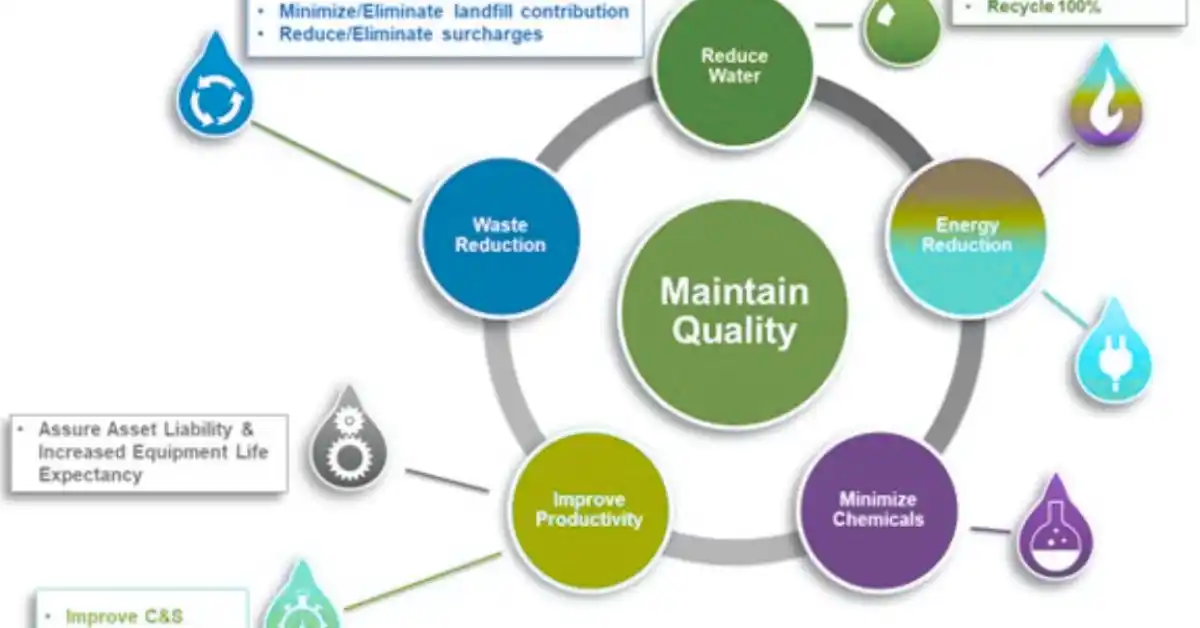
The rapidly advancing technology has also made these systems more efficient, making them an even more attractive option for homeowners and communities. For instance, some systems now come with software that collects data on water usage and health of the system, making it easier to monitor and operate the systems.
Apart from residential use, these systems are also being implemented on a larger scale, such as in commercial buildings and public facilities. Governments and organizations around the world are encouraging and incentivizing the adoption of rainwater harvesting and greywater recycling systems to promote sustainable water management practices.
Conclusion
In conclusion, sustainable water management is crucial for the well-being of our planet and its inhabitants. Rainwater harvesting and greywater recycling offer eco-friendly and cost-effective solutions to conserve water and reduce the strain on existing water supply systems.
With advancements in technology, these systems have become more efficient and can be customized to suit individual and community needs. Governments and organizations around the world must continue to promote and incentivize the adoption of these systems to ensure the availability and accessibility of clean water for all.
So, let’s do our part and contribute to sustainable water management by implementing rainwater harvesting and greywater recycling systems in our homes and communities.
FAQs
1. Is rainwater harvesting legal in my area?
The legality of rainwater harvesting Sustainable Water Management varies from place to place. Some states and countries have made it mandatory, while others have specific regulations on the size and type of systems permitted. It is best to check with the local authorities or a professional before installing a system.
2. What kind of maintenance is required for rainwater harvesting and Sustainable Water Management recycling systems?
Both systems require regular maintenance to keep them functioning efficiently. Rainwater harvesting systems may require occasional cleaning of the gutters and screens to prevent clogging. Greywater recycling systems may need frequent filter replacements and occasional sewage system checks.
3. Are there any health risks associated with using greywater for irrigation?
Properly treated greywater is safe to use for irrigation. However, it is recommended to use greywater only for subsurface irrigation and not for spray irrigation to avoid any health risks.
4. Can I drink rainwater collected through a rainwater harvesting system?
Rainwater is generally safe to drink if collected and stored correctly. However, it is recommended to install a filtration and purification system for drinking purposes.
5. Do these systems work in all climates?
Rainwater harvesting and greywater recycling systems can be designed to work in any climate. However, the frequency of water availability and the type of treatment system required may vary based on the climate and region.

